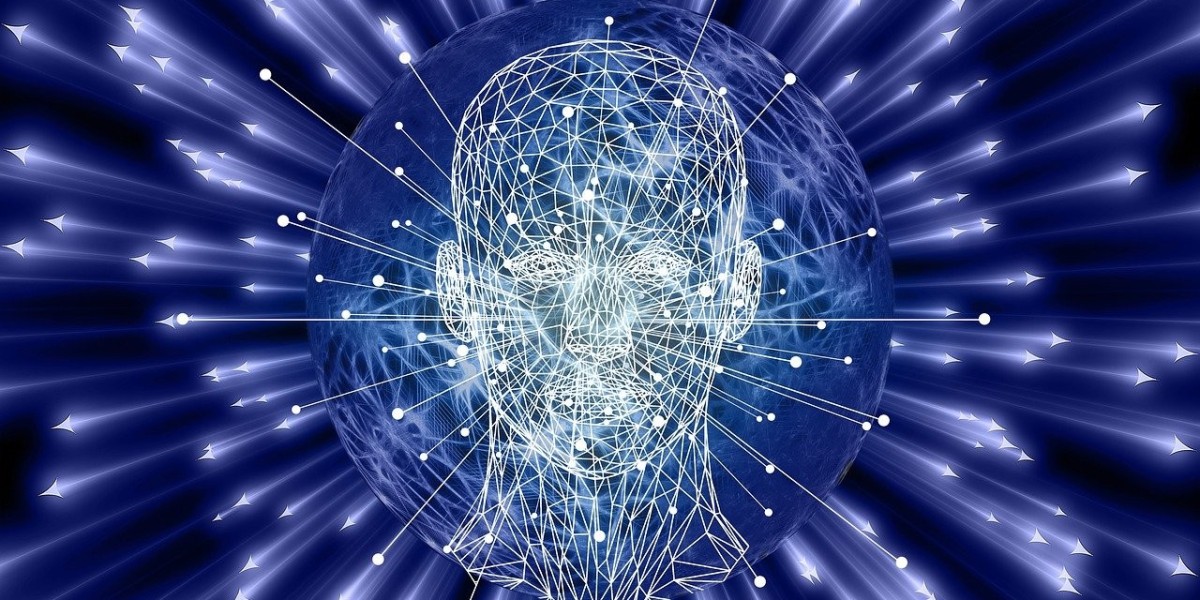Introduction:
In the realm of technology, two fields have garnered immense attention in recent years: Artificial Intelligence (AI) and Robotics. Both have made significant strides independently, but their synergy is where the real magic happens. In this blog, we'll delve into the profound connection between Robotics and AI, exploring how they complement and enhance each other. Whether you're a tech enthusiast, considering a data science course, or located in Bangalore, a hub for technological advancement, understanding this connection is essential for staying on the cutting edge of innovation.
AI: The Brains Behind the Machines
Artificial Intelligence is the intelligence demonstrated by machines, enabling them to perform tasks that typically require human intelligence. AI encompasses a wide spectrum of technologies, including machine learning, natural language processing, computer vision, and deep learning. The heart of AI lies in algorithms and data, enabling machines to learn, reason, and make decisions.
Robotics: The Body of the Machines
Robotics, on the other hand, is the branch of technology that deals with the design, construction, operation, and use of robots. Robots are physical entities that interact with the real world, and they come in various forms, from industrial arms on assembly lines to humanoid robots that can mimic human movements. Robotics focuses on the hardware, sensors, actuators, and mechanics that enable machines to perform physical tasks.
The Synergy: Where AI Meets Robotics
Now, let's explore how AI and Robotics converge and create a symbiotic relationship:
1. Sensory Perception and Computer Vision:
AI equips robots with the ability to perceive and understand the world around them. Computer vision, a subset of AI, enables robots to interpret images and videos, making them capable of recognizing objects, people, and their surroundings.
This technology is invaluable in various applications, such as autonomous vehicles, where AI processes sensor data (from cameras, LiDAR, radar, etc.) to make driving decisions.
2. Machine Learning for Enhanced Decision-Making:
AI algorithms, particularly machine learning, enable robots to make informed decisions based on data and patterns.
In industrial settings, robots can optimize production processes by learning from historical data and adapting to changes in real time, improving efficiency.
3. Natural Language Processing (NLP):
NLP empowers robots to understand and respond to human language. This is particularly useful in service robots and virtual assistants.
In healthcare, robots equipped with NLP can assist medical professionals by understanding and acting upon verbal commands.
4. Autonomy and Navigation:
AI algorithms allow robots to navigate and move autonomously. This is essential for drones, self-driving cars, and mobile robots used in logistics.
These capabilities are integral in scenarios where precise and obstacle-free movement is required, such as delivering packages in densely populated areas.
5. Human-Robot Interaction:
AI enhances human-robot interaction by enabling robots to recognize human emotions and respond accordingly.
In educational settings, AI-powered robots can be valuable for personalized learning experiences.
6. Object Manipulation and Grasping:
AI-driven robotic arms are capable of dexterous object manipulation and grasping. This has applications in manufacturing, where robots can assemble complex products with precision.
In logistics, these capabilities enable robots to pick and pack items in warehouses efficiently.
7. Collaborative Robotics (Cobots):
AI makes robots safer to work with, as they can detect and respond to human presence. Cobots work alongside humans in tasks that require both automation and human input.
This is especially relevant in industries like healthcare, where surgical robots assist surgeons during complex procedures.
8. Data-Driven Optimization:
AI algorithms analyze vast amounts of data generated by robots during their operations.
In agriculture, AI-powered robots can optimize crop management by analyzing sensor data to determine when and where to plant, irrigate, or harvest crops.
The Role of Data Science Courses in Bridging the Gap
As the connection between AI and Robotics grows stronger, it becomes evident that individuals with expertise in both fields are in high demand. Data science courses, whether pursued online or at institutions in Bangalore, play a vital role in equipping aspiring professionals with the necessary skills.
Data science courses cover topics such as machine learning, computer vision, and natural language processing, which are directly applicable to AI. Simultaneously, they teach data analysis and interpretation, skills that are invaluable for making sense of the data generated by robots in the field of Robotics.
Moreover, top data science course often include practical projects and hands-on experience, allowing students to work on AI and Robotics applications. This practical exposure is crucial for bridging the gap between theory and real-world applications.
Conclusion: The Future of AI-Enhanced Robotics
The connection between AI and Robotics is not just a trend; it's a revolution. It's transforming industries, making processes more efficient, and enabling new possibilities. Whether you're interested in pursuing a career in AI, Robotics, or both, understanding this connection is essential.
For those in Bangalore, a city known for its thriving tech industry, the opportunities are abundant. Enrolling in a data science course in bangalore can be a strategic move, as it allows you to tap into the city's tech ecosystem while gaining the skills needed to be at the forefront of AI-enhanced Robotics.
As we move forward, the collaboration between AI and Robotics will only intensify, leading to innovations we can hardly imagine today. The future of technology is not just about smart machines; it's about machines that are intelligent, capable, and closely intertwined with the world of AI.








